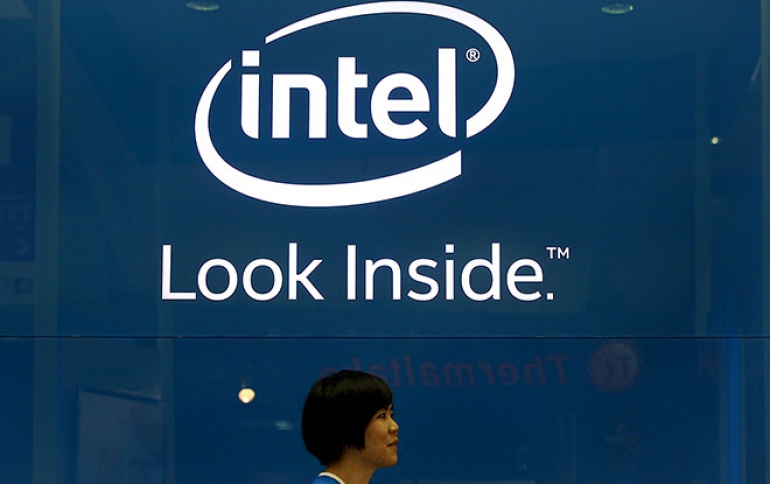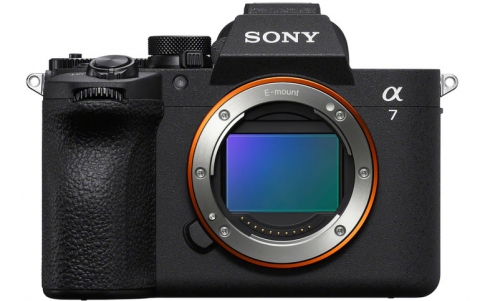
Intel Outlines 2015 Gaming News at GDC
This week at the Game Developers Conference (GDC), Intel announced new programs, tools, utilities and games that will take advantage of the latest Intel technologies. Intel recently introduced our 5th Generation Intel Core processors resulting in a wave of products built on Intel’s 14nm process technology. In a new disclosure at GDC, Intel showed the first 5th Generation Core LGA-socketed CPU with Intel Iris Pro graphics. This 65 watt unlocked desktop processor, available mid-2015, promises to bring new levels of performance and power efficiency to Mini PCs and desktop All-In-Ones. Since 2006 the 3D performance of Intel Graphics has increased nearly 100 fold (Intel 3DMark06 measurements) and form factors from Acer, Medion and Intel’s own NUCs are becoming available with 5th Generation Intel Core processors with Intel Iris Graphics.
Game developers will have new ways to create games building on new technologies with multi-user multi-touch, virtual and augmented reality, and RealSense. Intel is also helping define and support new programming models like DirectX 12 (DX12) and Vulkan (the evolution of the OpenGL API), as well as delivering improved developer tools.
In the tablet space, Intel says that over 46 million Intel-based tablets have been sold and over 200 Android tablet designs based on Intel were in flight by the end of 2014. Intel's support of Android developers continues to expand — for example the company worked with Ubisoft Mobile to add native x86 support to their Cosmos game engine. This will enable a long line up of future game content which include the next version of Assassins Creed: Pirates and Driver Speedboat Paradise to support x86 Android. Intel has also worked with EA Mobile by adding native x86 Android support to popular games on Google Play such as Real Racing 3, Need for Speed Most Wanted, and Plants vs Zombies.
Intel also highlighted at GDC a collaboration with the International Game Developers Association (IGDA) to double the number of women working in gaming. As part of this expansion of IGDA’s programs, Intel sponsored 49 game development students to attend GDC.
Second, Intel Challenge Katowice, a women’s e-sports tournament will be under the same roof as the finals of Intel Extreme Masters beginning March 12. Intel announced that one of the finalists, Ubinited from North America, is now sponsored by Intel.
Intel also announced a partnership to deliver an even better gaming experience on Intel Graphics. Raptr, a PC gaming utility now available on Intel Graphics for the first time, delivers one-button customized optimizations that improve performance on existing hardware and the games being played, even older games. With just a little tweaking of their PC settings a user may be able to dial up the frame rate and details or even play a game they didn’t think possible.
 The Raptr software scans the user’s PC and compares a given game’s performance across tens of millions of other gamers’ PCs, finding and applying the best settings for theirRaptr Record system. And Raptr’s gameplay recording tools leverage the video encoding in Intel Quick Sync technology to record and stream gameplay with virtually no impact on system performance.
The Raptr software scans the user’s PC and compares a given game’s performance across tens of millions of other gamers’ PCs, finding and applying the best settings for theirRaptr Record system. And Raptr’s gameplay recording tools leverage the video encoding in Intel Quick Sync technology to record and stream gameplay with virtually no impact on system performance.
Intel also announced Achievement Unlocked, a coordinated worldwide effort to help game developers succeed when creating games that target Intel Graphics hardware, Intel Core processors, and Intel Atom processors. A new game developer portal supports bidirectional communication with game developers. Achievement Unlocked offers technical assistance to developers and additional success mentoring and go-to-market opportunities.
Intel is helping Indie studio Flying Mollusk use RealSense technology to power their bio-feedback enhanced psychological horror game "Nevermind" using measurements such as heart-rate monitoring. RealSense’s IR camera can see the slight fluctuations in color on your forehead and cheekbones which sync with your heart rate and eliminate the need for a chest strap to measure the player’s heart-rate. Flying Mollusk is previewing their Intel RealSense-optimized application at GDC.
Intel also showed several game titles and demos running on Intel hardware using the new DirectX 12 API from Microsoft. Intel is committed to support this new API and has been collaborating with Microsoft on the design of DirectX 12 since its inception.

Intel announced that it has been working with Funcom to enhance the visual effects in the Windows and Android versions for LEGO Minifigures Online. The companies used the pixel synchronization capabilities of Intel Iris Graphics to enable more realistic smoke, clouds, and shadows.
The game, demonstrated on a 4th gen Core-based laptop using DirectX11, can also run in a low power mode extending play time by more than 80% when running on Intel devices.
Intel and Ubisoft announced their collaboration to add native x86 support to the Ubisoft Cosmos game engine. This enables a long lineup of future mobile game releases from Ubisoft to run natively on x86 platforms.
Intel and Codemasters announced at GDC that the next version of Codemasters’ EGO game engine will be optimized to make full use of multiprocessing on 5th Generation Core processors. Codemasters and Intel are also exploring an array of DirectX 12 effects.




















